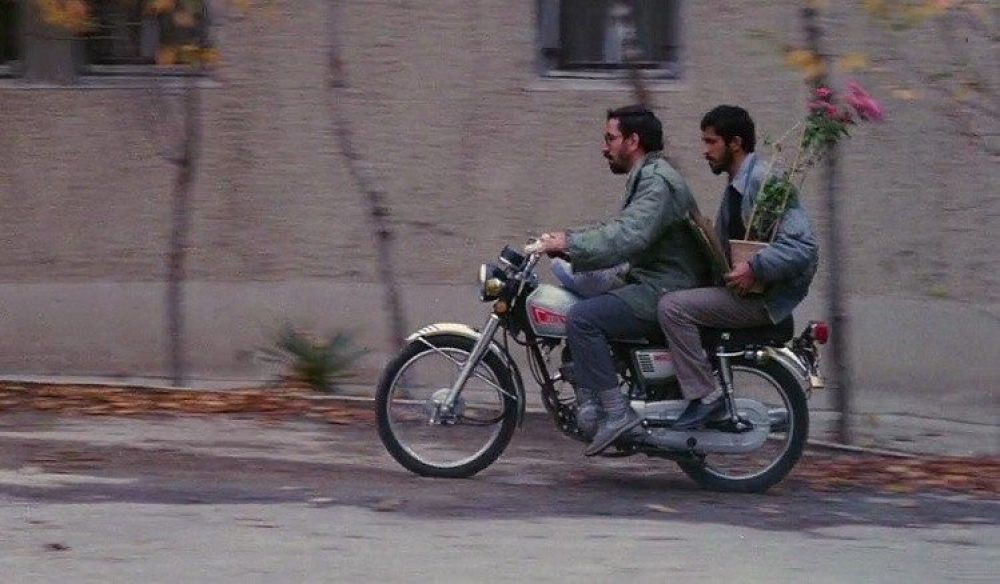“When a man pinches a woman’s bottom or grabs her breast on the street, modernity’s heterosocial promise has become a nightmare. Woman’s voluntary reveiling in the 1970s in many urban centers of Islamic countries acquires a somewhat different meaning in this trajectory. But that is a story for another time.” Pg. 155
“From the late nineteenth century, a great deal of cultural criticism has been expended on the farangi’ma’ab. In fact, through [the] mid-twentieth century, the prime figure of modernity’s excess was not female; the so-called Westoxicated woman did not become the main demon of gharbzadegi (Westoxication) until the 1960s and 1970s.” Pg. 138
“The issue of women’s veil and unveil, compulsory or consensual, in Islamicate societies and communities has taken center stage in discussions of ‘the status of women’ in these societies on an international scale. The veil, in its hypervisibility, has come to serve as a sign for more than gender; it has come to be read for ‘the state of modernity.’ This hypervisibility has compounded the erasure of that other excess figure of Iranian modernity by continuing the prior work of making woman stand as a privileged mark of modernity.” Pg. 242
How does Najmabadi’s account of gender fluidity in premodern Islamic Iran help us to understand the ongoing debate and attention to the status of women in postrevolutionary Iran?

The Status of Women in Iran | Iran, Islam, and the Last Great Revolution Fall 2018